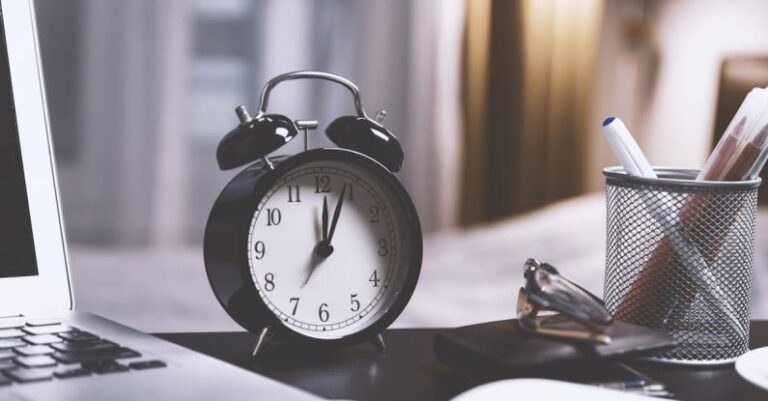
In today’s fast-paced world, stress has become a common companion for many individuals. Whether it’s work-related pressure, personal issues, or just the hustle and bustle of daily life, stress can quickly build up and take a toll on our mental and physical well-being. However, there are simple techniques that can help provide quick relief from stress, allowing us to regain our calm and composure. By incorporating these techniques into our daily routine, we can better manage stress and improve our overall quality of life.
Deep Breathing
One of the most effective and straightforward techniques for quick stress relief is deep breathing. When we are stressed, our breathing tends to become shallow and rapid, which can further exacerbate our feelings of anxiety. By taking a few moments to focus on our breath and engage in deep breathing exercises, we can trigger the body’s relaxation response and calm our mind.
To practice deep breathing, find a quiet and comfortable place to sit or lie down. Close your eyes and take a slow, deep breath in through your nose, allowing your abdomen to expand as you fill your lungs with air. Hold the breath for a few seconds, then exhale slowly through your mouth, feeling the tension release from your body. Repeat this process several times, focusing on the sensation of your breath and allowing yourself to relax with each exhale.
Progressive Muscle Relaxation
Another effective technique for quick stress relief is progressive muscle relaxation. This method involves tensing and then relaxing different muscle groups in the body, helping to release physical tension and promote relaxation. By consciously tensing and releasing each muscle group, we can become more aware of where we hold stress in our bodies and learn to let go of that tension.
To practice progressive muscle relaxation, start by sitting or lying down in a comfortable position. Begin with your toes and gradually work your way up through each muscle group, tensing each area for a few seconds before releasing the tension. Pay attention to the sensations in your body as you tense and relax each muscle group, allowing yourself to fully let go of any tension you may be holding.
Mindfulness Meditation
Mindfulness meditation is a powerful practice that can help us cultivate present-moment awareness and reduce stress. By focusing on the here and now without judgment, we can quiet the mind and create a sense of inner peace. Mindfulness meditation involves paying attention to our thoughts, emotions, and sensations as they arise, allowing us to observe them without getting caught up in them.
To practice mindfulness meditation, find a quiet and comfortable space to sit or lie down. Close your eyes and bring your attention to your breath, noticing the sensation of each inhale and exhale. If thoughts or distractions arise, simply acknowledge them and gently guide your focus back to your breath. Allow yourself to be fully present in the moment, letting go of any worries or stressors that may be weighing on your mind.
Guided Imagery
Guided imagery is a technique that uses the power of visualization to promote relaxation and reduce stress. By creating a mental image of a peaceful and calming place, we can transport ourselves to a serene environment and escape from the pressures of our daily lives. Guided imagery can be especially helpful for those who have trouble quieting their minds or struggle with racing thoughts.
To practice guided imagery, find a quiet and comfortable place to sit or lie down. Close your eyes and imagine yourself in a tranquil setting, such as a beach, forest, or mountaintop. Engage all of your senses in this visualization, imagining the sights, sounds, smells, and sensations of your peaceful surroundings. Allow yourself to fully immerse in the experience, letting go of any stress or tension as you connect with this mental oasis.
Take a Break and Move
Sometimes, the simplest way to relieve stress is to take a break and move your body. Physical activity has been shown to reduce stress, improve mood, and boost overall well-being. Whether it’s going for a walk, doing some stretches, or engaging in a quick workout, taking a break to move can help release pent-up tension and clear your mind.
When you feel overwhelmed or stressed, step away from your current environment and give yourself a few minutes to move your body. Take a brisk walk around the block, do some gentle stretches at your desk, or follow along with a short workout video. Not only will physical activity help release endorphins and reduce stress hormones, but it can also provide a much-needed mental break from whatever may be causing you stress.
Embrace the Power of Music
Music has a profound impact on our emotions and can be a powerful tool for managing stress. Listening to calming music can help lower cortisol levels, reduce heart rate, and promote relaxation. By creating a playlist of your favorite soothing tunes, you can easily access a quick stress-relief tool whenever you need it.
When you’re feeling stressed, take a moment to put on some calming music that resonates with you. Close your eyes and focus on the melodies and rhythms, allowing the music to wash over you and soothe your mind. Whether it’s classical music, nature sounds, or your favorite instrumental tracks, find what works best for you and incorporate it into your stress-relief routine.
Practice Gratitude
Cultivating a sense of gratitude can have a profound impact on our mental health and well-being. When we focus on the positive aspects of our lives and express gratitude for the things we have, we can shift our perspective and reduce feelings of stress and anxiety. By practicing gratitude regularly, we can train our minds to see the good in every situation and foster a sense of contentment.
Take a moment each day to reflect on the things you are grateful for in your life. This could be as simple as appreciating a beautiful sunset, a kind gesture from a friend, or a moment of peace and quiet. By acknowledging and expressing gratitude for these small moments of joy, you can create a sense of abundance and positivity that can help counteract the effects of stress.
Incorporate these simple techniques into your daily routine to experience quick stress relief and improve your overall well-being. By taking a few moments each day to practice deep breathing, progressive muscle relaxation, mindfulness meditation, guided imagery, physical activity, music therapy, and gratitude, you can better manage stress and cultivate a sense of calm and balance in your life. Remember that stress is a natural part of life, but with the right tools and techniques, you can learn to navigate it with grace and resilience.





